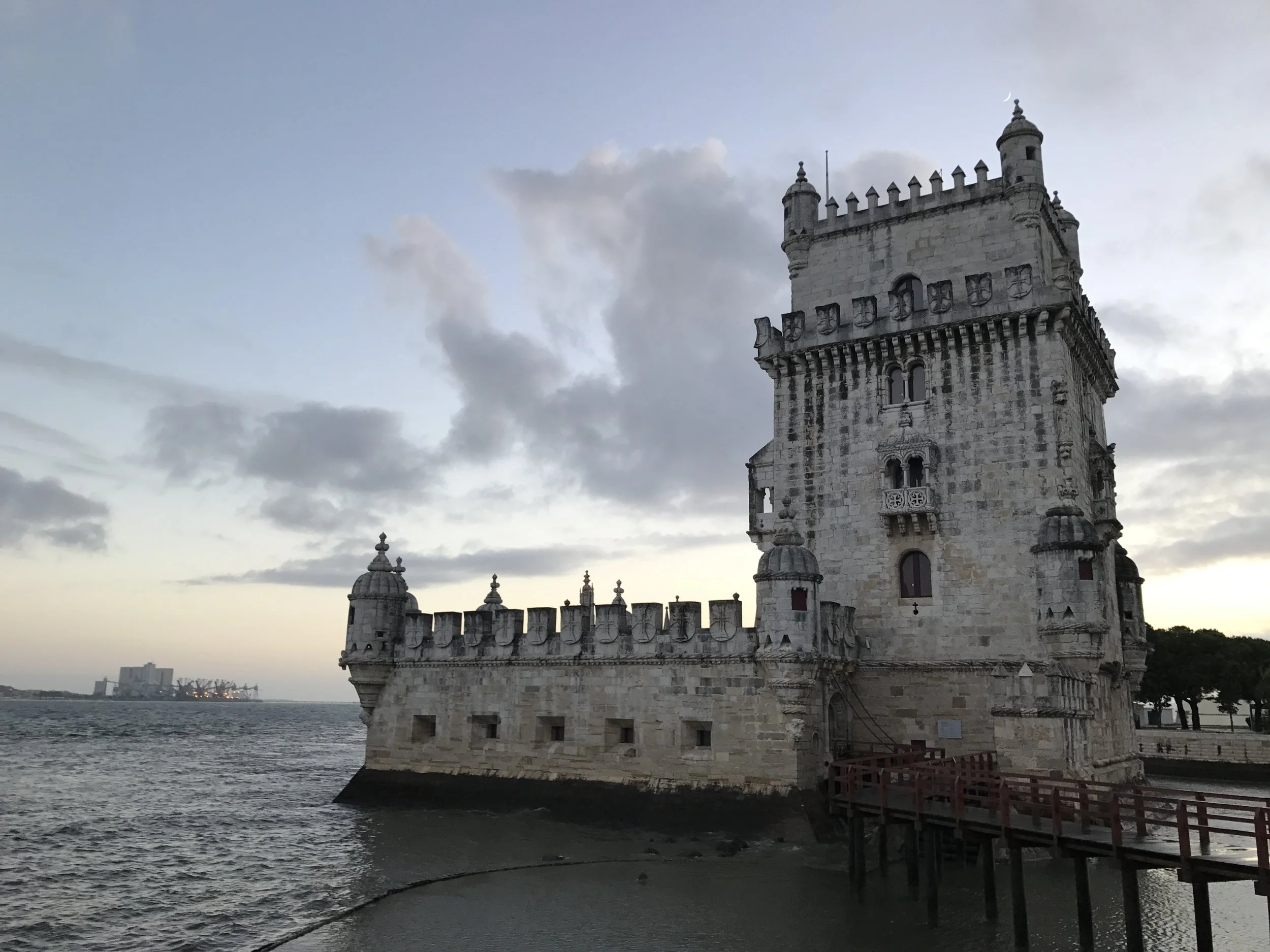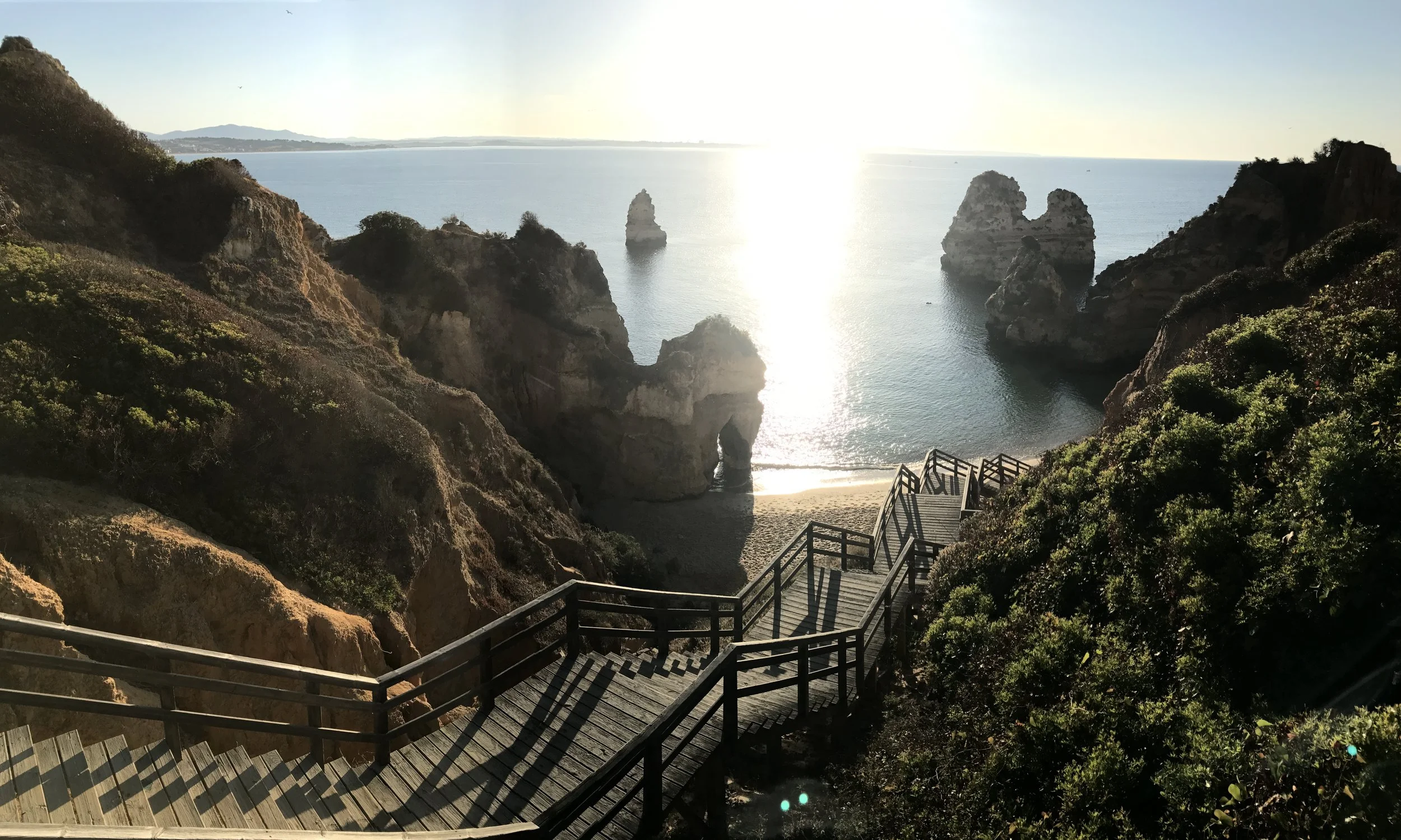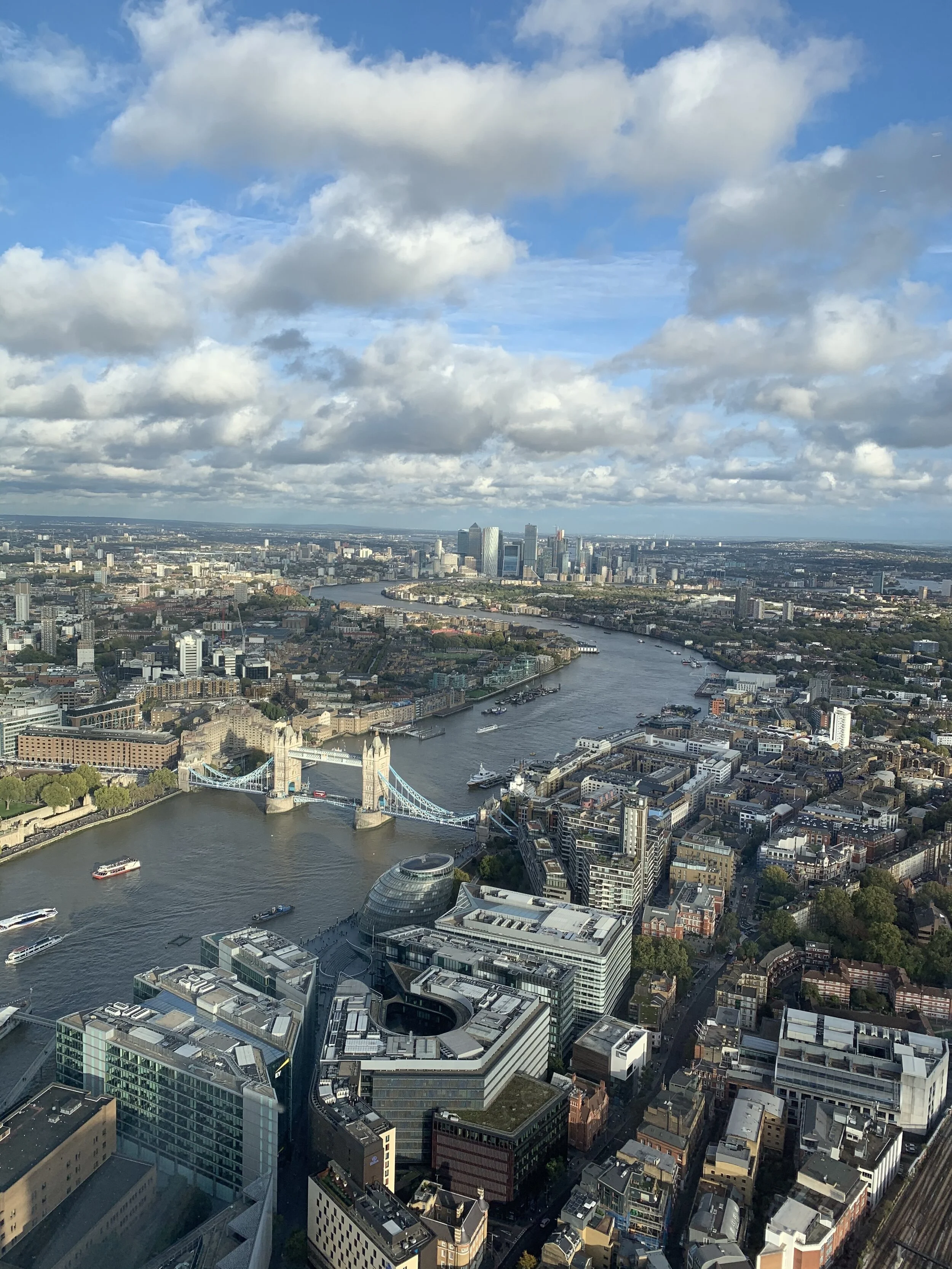Havana, Cuba

NEGLECTED, EAGER, GRAND
Before I left for Cuba, my normally adventurous father made it a point to remind me not to do anything stupid. “I know you’re savvy, but the rules are different over there. Remember that kid in North Korea who stole a flag as a joke and is now serving hard time,” he warned. Contrary to our normal dynamic, I took him seriously. I wasn’t a thief, but with oppressive government it can be hard to tell what is generally harmless and what is a life-altering crime. Sure, travel restrictions between the United States and Cuba had loosened dramatically, but there was no changing the fact that if I got in trouble during my trip there wouldn’t be much to do about it.
A few hours later a friend and I strolled down the Malecon, taking in the dilapidated sights of this once opulent city. He had forgotten his sunglasses, and was squinting in the mid-morning light. We both agreed that a cheap pair of sunglasses would not be hard to find in one of the many tourist stalls that lined the streets, and set off looking for a pair. Hours later, after browsing hundreds of magnets, change purses, and other standard souvenirs, we could not not find any sunglasses. I finally used my broken Spanish to ask a stall owner where they could be found. She laughed, and pointed me down a nearby ally. A young-looking man met us at the entrance, and promptly pulled out a mobile display of sunglasses. As David shopped, I asked why sunglasses were so hard to find. “El gobierno” he replied immediately. That’s right. The sunglasses market in Cuba is controlled by the state. We were currently buying fake Ray Bans that were illegal in two different ways. Upon arriving home several days later and recounting the story to my dad, he immediately blew up with, “That’s exactly what I was talking about! Why would you continue shopping once you realized it wasn’t legal?!” The true nature of our purchase hadn’t actually sunk in until then. Luckily, David and I were fine, but it goes to show that the rules are different and wildly unpredictable on the sequestered Caribbean island.
Regardless of the strange and seemingly arbitrary rules, visiting Havana was an incredible experience. Here is how I would describe it.
NEGLECTED:
All over the city, there are buildings that were once beautiful. You can tell by the facades, the grand doorways, and the detailed molding. I say once beautiful because these buildings now look like a feature in a post-apocalyptic video game. I had heard that Havana had seen better days, so I anticipated a bit of urban decay, but what I saw stretched beyond expectations. Walking down the Paseo de Martí, a beautiful pedestrian walkway flanked by traffic (incredibly similar to Las Ramblas), clotheslines could be seen stretched across balconies. 60-year-old paint was peeling off of columns, and broken shutters hung limp on their hinges. Some buildings held up miraculously well, but most looked like they had not seen upkeep or repair since Castro came to power. It was fascinating, exhilarating, and deeply sad to see something so grand left to waste in such a blatant way.
EAGER:
Having traveled quite a bit, I am instantly wary of anyone who approaches me on the street. Yet all over Havana, Cubans approached me just to chat. A few tried to draw me into various restaurants or cabs, but upon my refusal, they were just interested to hear where I was from. When I said the States, almost all of them got excited and asked me how I was enjoying Cuba. They were hustlers, but not in any negative sense of the word. I got the sense from every Cuban I met that they were trying to make better lives for themselves by gaining access to CUCs, the foreign currency that all tourists use. I could empathize with that hustle. I respected it. No one tried to cheat me or made me feel uncomfortable – they were simply at work. It was lovely and refreshing to encounter a culture of people who were thrilled to have me there, even if I didn’t buy something from them.
GRAND:
At multiple points throughout my visit, I caught myself saying aloud “imagine what this was like in its prime.” Havana is striking in a way that is difficult to describe. You can tell that this was once a playground for the rich. Much of the city’s style and design has not been updated since the rich fled the island after Batista was overthrown. The daiquiris at the Floridita haven’t changed, the obsession with Hemingway hasn’t changed, and the cars haven’t changed. Everything feels somewhat stuck in this vintage era, an echo of what it once was. A night on the town in 1950s Havana must have been a thing to behold, and I could sense the ripples of those experiences nearly 70 years later.
Havana is an incredible city, and functions as a fascinating time capsule of what it once was. The people are kind and enthusiastic. The ropa vieja is delicious, and the coffee is incredible. If you have the chance, do not miss this vibrant and captivating island.
THE 3 THINGS YOU WILL NEED WHILE YOU’RE THERE:
Like I say above, the sunglass market is controlled by the state, so MAKE SURE you have your own pair. These vintage sunglasses will look great in pictures against the vibrantly colored buildings in Havana, and most importantly, they will protect your retinas from the intense and punishing sunshine.
You absolutely cannot drink the tab water in Cuba. In fact, it’s prudent to avoid blended drinks since the ice may not be sanitary. If you are worried about the avilability of water, bring along this LifeStraw water bottle. Any water you fill it with is filtered to the point that it’s safe to drink.
Since your credit and debit cards won’t work in Cuba, you will need to arrive with enough cash to last the entire trip. Whenever you are traveling with a lot of cash, it is smart to separate it and to always keep some of it on your person. This discrete belt is easy to hide under your clothes, and can help you to keep plenty of cash close at hand.















